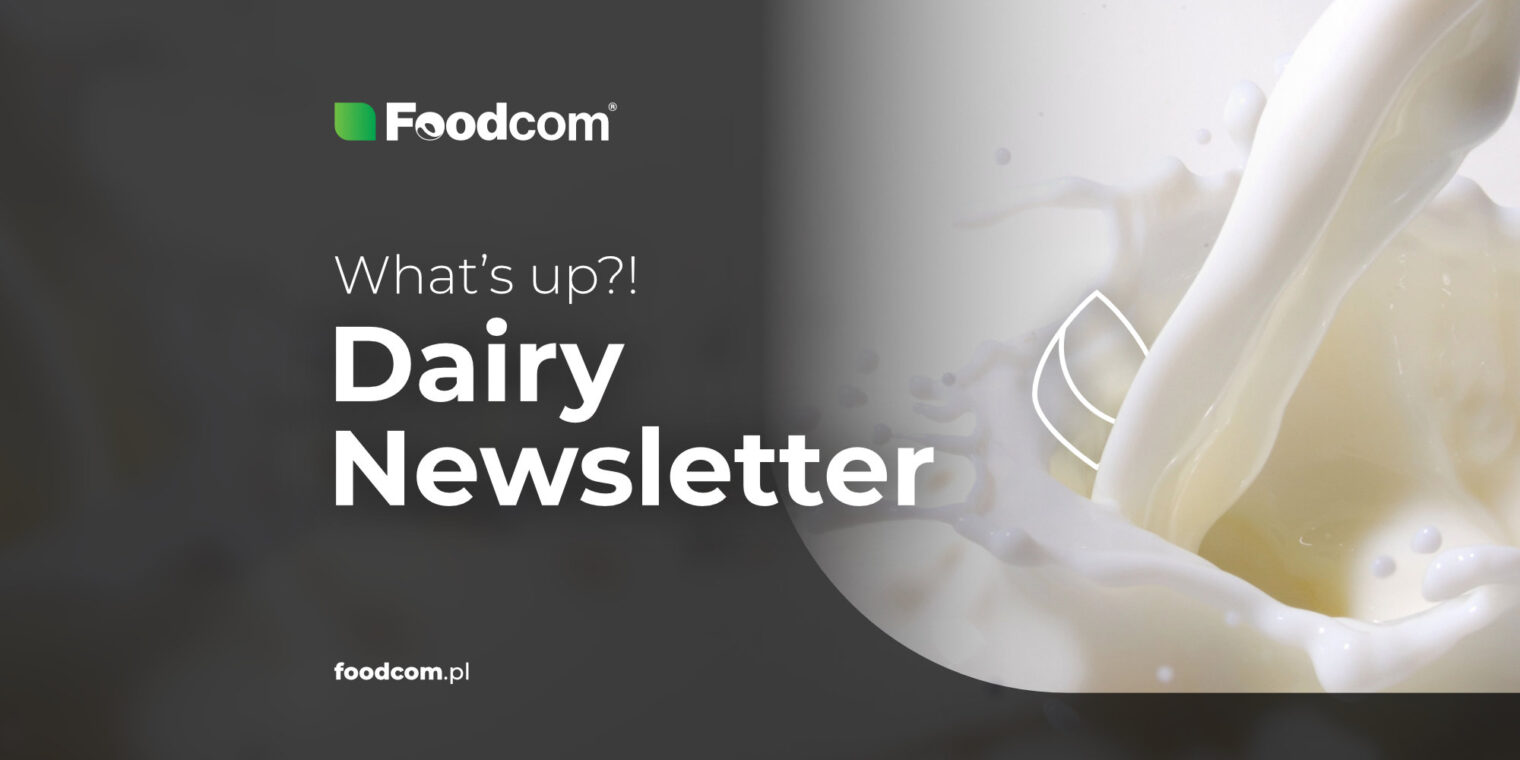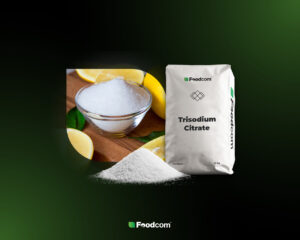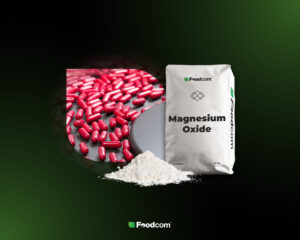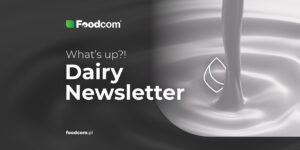Resumen
Índice
This is our summary of the week 36 on the European dairy market divided into 4 main categories.
After a long stagnation, customers accepted the prices offered by the market. Shopping time!
SMP below 2.60 – 2.64 EUR/kg EXW is hard to find, manufacturers do not offer large quantities due to the very high cost of the raw material. Last week, a new contract was finalized by Algeria, where they reportedly managed to get a price of 2.76 – 2.80 EUR/kg CFR.
We also received more and more inquiries for the WPC80, the price of which remains high. Right now offers are around 8550-8650 EUR/MT EXW. A fairly large increase in GDT prices also resulted in an increased interest in lactose (which is offered above 970 EUR/MT EXW) and whey permeate food grade is offered above 720 EUR/MT EXW.
High milk prices resulted in a significant increase in prices for virtually all cheeses.
Gouda/Edam offered around 3.40 EUR/kg EXW and there is simply no cheese left on the market. Mozzarella is hard to find below 3.10 EUR/kg EXW. Inquiries also came up about Cheddar cheese.
The price of the cream means that butter made from cream costs around 4.55 – 4.60 EUR/kg EXW PL. Butter from Ireland/UK is offered at 4.25 EUR/kg EXW IE/UK. As a result, many buyers begin to switch to the use of frozen butter, the offers of which oscillate at the level of 4.15 – 4.30 EUR/kg EXW, depending on the origin and expiry date. Whey butter is offered at the level of 3.95 EUR/kg. The growing demand for raw material, low availability of milk and the season for fat will therefore continue to drive the growth 🙂
Another week and another week of surge cream prices (offers around 5.60 – 5.65 EUR/kg EXW). Skim milk is offered above 0.25 – 0.26 EUR/kg EXW.
Powders
After a long stagnation, customers accepted the prices offered by the market. Shopping time!
SMP below 2.60 – 2.64 EUR/kg EXW is hard to find, manufacturers do not offer large quantities due to the very high cost of the raw material. Last week, a new contract was finalized by Algeria, where they reportedly managed to get a price of 2.76 – 2.80 EUR/kg CFR.
We also received more and more inquiries for the WPC80, the price of which remains high. Right now offers are around 8550-8650 EUR/MT EXW. A fairly large increase in GDT prices also resulted in an increased interest in lactose (which is offered above 970 EUR/MT EXW) and whey permeate food grade is offered above 720 EUR/MT EXW.
Cheese
High milk prices resulted in a significant increase in prices for virtually all cheeses.
Gouda/Edam offered around 3.40 EUR/kg EXW and there is simply no cheese left on the market. Mozzarella is hard to find below 3.10 EUR/kg EXW. Inquiries also came up about Cheddar cheese.
Butter
The price of the cream means that butter made from cream costs around 4.55 – 4.60 EUR/kg EXW PL. Butter from Ireland/UK is offered at 4.25 EUR/kg EXW IE/UK. As a result, many buyers begin to switch to the use of frozen butter, the offers of which oscillate at the level of 4.15 – 4.30 EUR/kg EXW, depending on the origin and expiry date. Whey butter is offered at the level of 3.95 EUR/kg. The growing demand for raw material, low availability of milk and the season for fat will therefore continue to drive the growth 🙂
Liquids
Another week and another week of surge cream prices (offers around 5.60 – 5.65 EUR/kg EXW). Skim milk is offered above 0.25 – 0.26 EUR/kg EXW.
Categorías:







